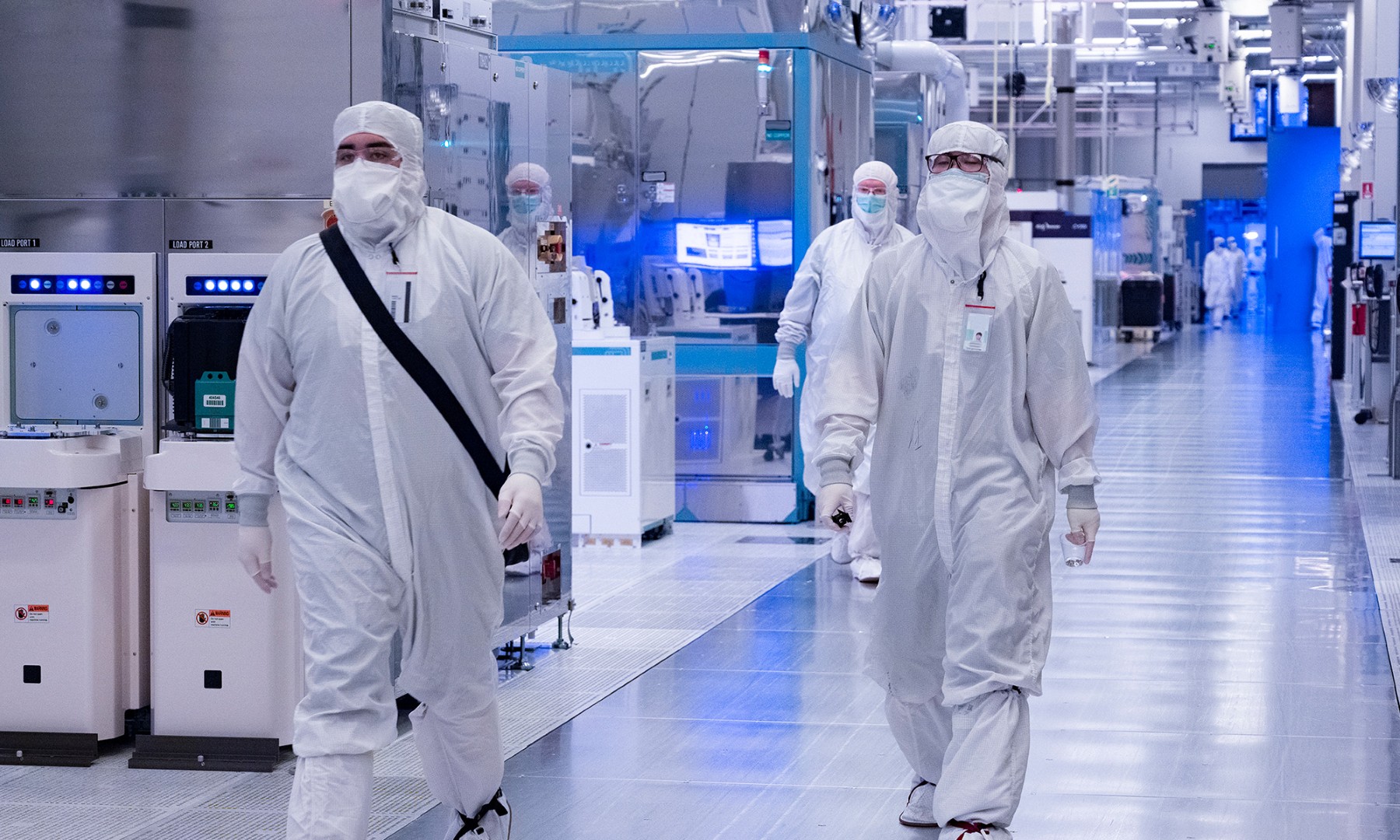PC chipmaker Intel (INTC +2.25%) produces two distinct product lines for desktops. The first, known as the "mainstream" platform, generally top out at four processor cores and include integrated graphics. The second, which the company refers to as its "high-end desktop" or "HEDT" platform, doesn't include integrated graphics, but consists of more cores than the mainstream parts do, among other enhancements.
Last month, Intel launched its mainstream Skylake processors for desktop buyers, and it seems that Intel's next high-end desktop CPU -- known as Broadwell-E -- is coming early next year.
What does BenchLife have for us this time?
BenchLife.info leaked a couple of slides containing information about Intel's upcoming Broadwell-E high-end desktop platform (which you can view on the site, here).
According to the slide that gives some details about the chip itself, Broadwell-E -- which is the 14-nanometer successor to the current 22-nanometer Haswell-E chips -- will come in six and eight core options, just like the current Haswell-E parts.
In fact, the only apparent differences between these upcoming chips are the following:
- A move from the 22-nanometer process to the 14-nanometer one, which should bring power efficiency for end users as well as potentially cost structure improvements for Intel.
- Official support for faster DDR4-2400 memory, up from DDR4-2133 support with the prior-generation chips.
- The use of the Broadwell CPU core, which is a refined Haswell.
Will this product launch boost Intel's high-end chip sales?
And now it's time to answer the question posed in the title of this article: "Will Broadwell-E boost Intel's high-end desktop chip sales?"
I think that the answer to this question is likely "no." Here's why.
Perhaps the most interesting argument is that it doesn't look as though Intel will be giving current Haswell-E owners much of a reason to upgrade. Although it's too early to tell what kind of overclocking potential these chips will have, I think the fact that Intel has kept the core counts on these chips flat to what it offered with Haswell-E makes these chips pretty uninteresting to "do-it-yourself" PC enthusiasts currently running Haswell-E.
Where I can see Broadwell-E doing well is with customers who buy pre-built systems and with customers who want and/or need to build new high-end desktop systems during 2016 and absolutely cannot wait for 2017.
With that said, I believe that the PC enthusiast community is generally aware that Intel is expected to launch its next-generation high-end desktop platform, codenamed Basin Falls, likely in early 2017. Basin Falls is expected to use the same platform controller hub as the mainstream Kaby Lake processors, which are expected to launch in late 2016.
I suspect that many enthusiasts will try to hold off until the launch of the Basin Falls platform. Not only is the platform itself far more robust (the current X99 chipset used by Haswell-E and Skylake-E is quite dated at this point), but the Skylake-E processors that go into the platform will probably be much more interesting.
For one thing, I expect that with Skylake-E, Intel will increase the maximum core count from eight to 10 for its highest-end model. I also expect Intel to bring eight cores to the $580 price point at which it currently sells six core chips.
This, if I'm correct, means that the Skylake-E chips should represent a significantly better value proposition than the current Haswell-E and the upcoming Broadwell-E chips.






